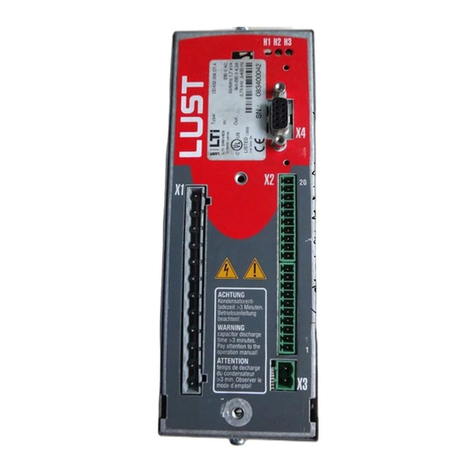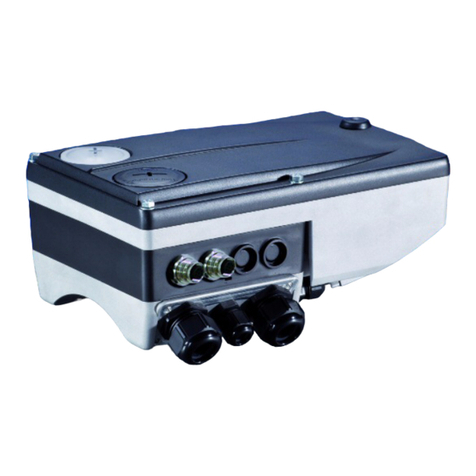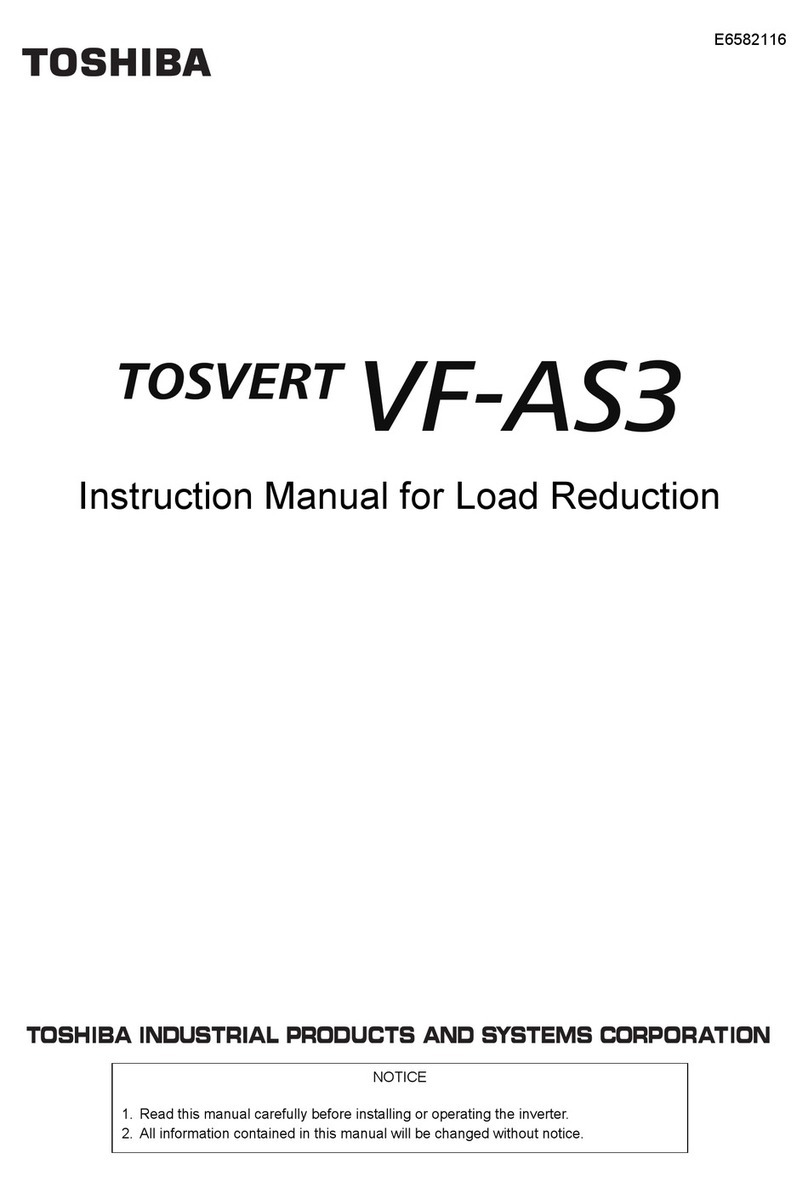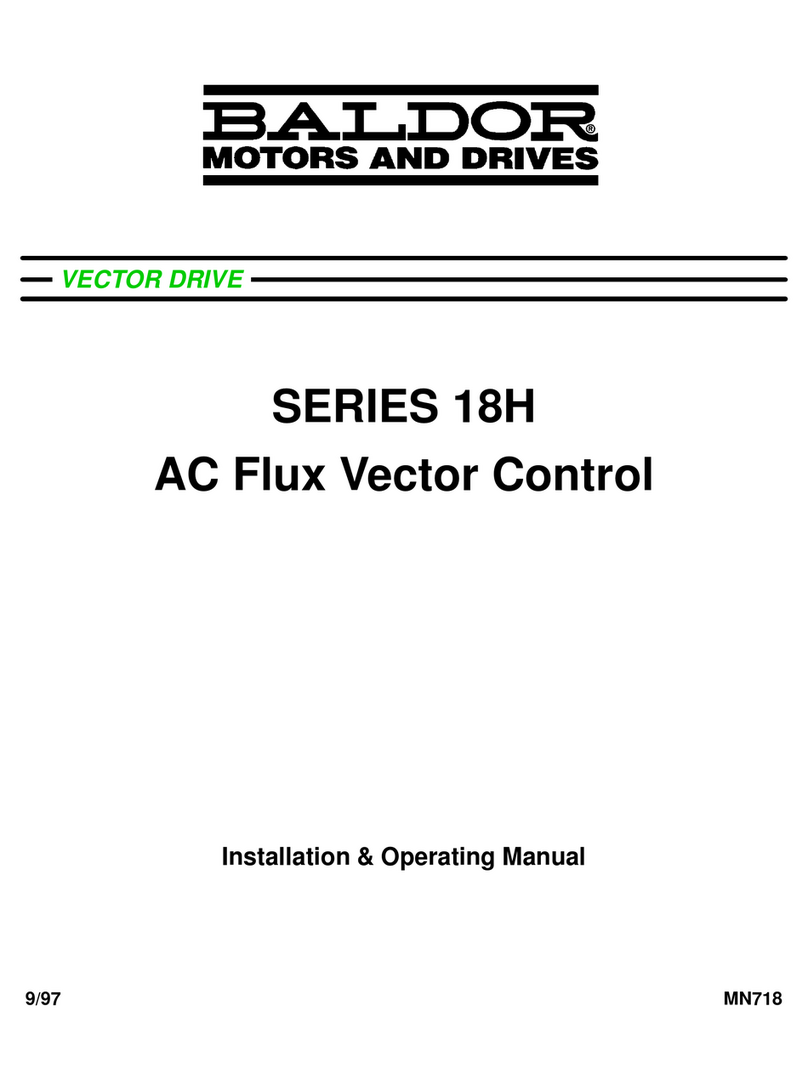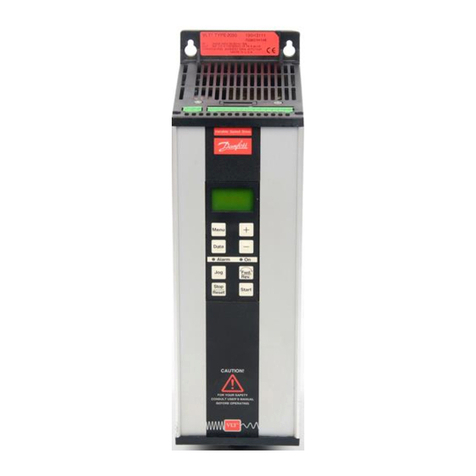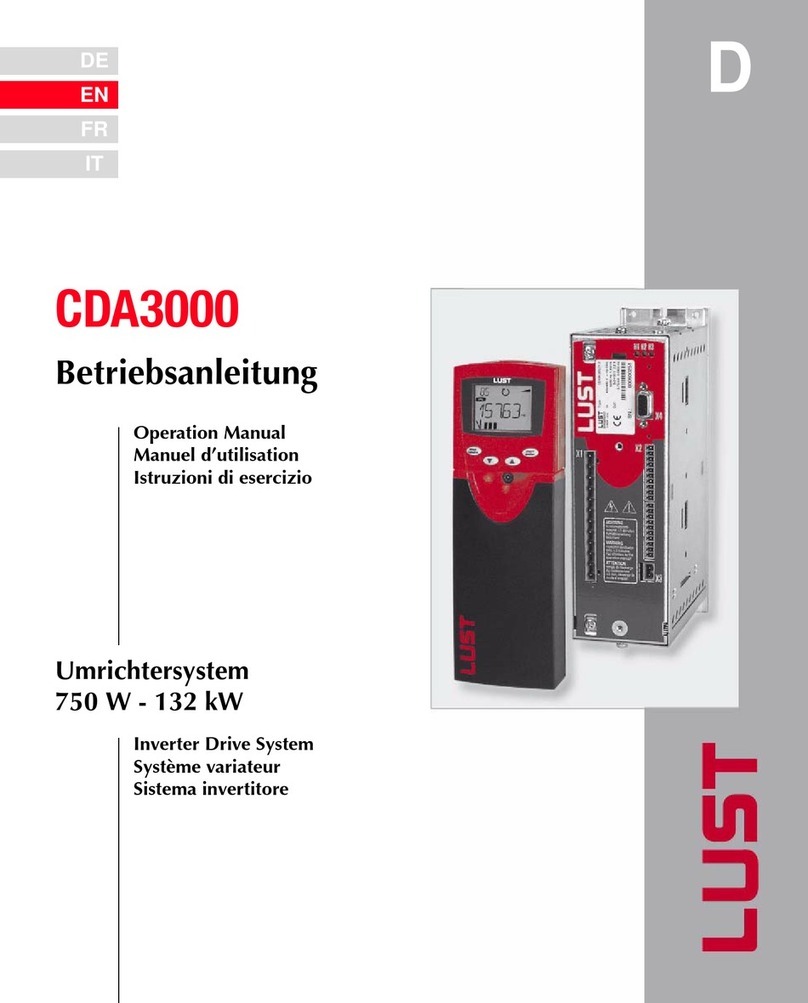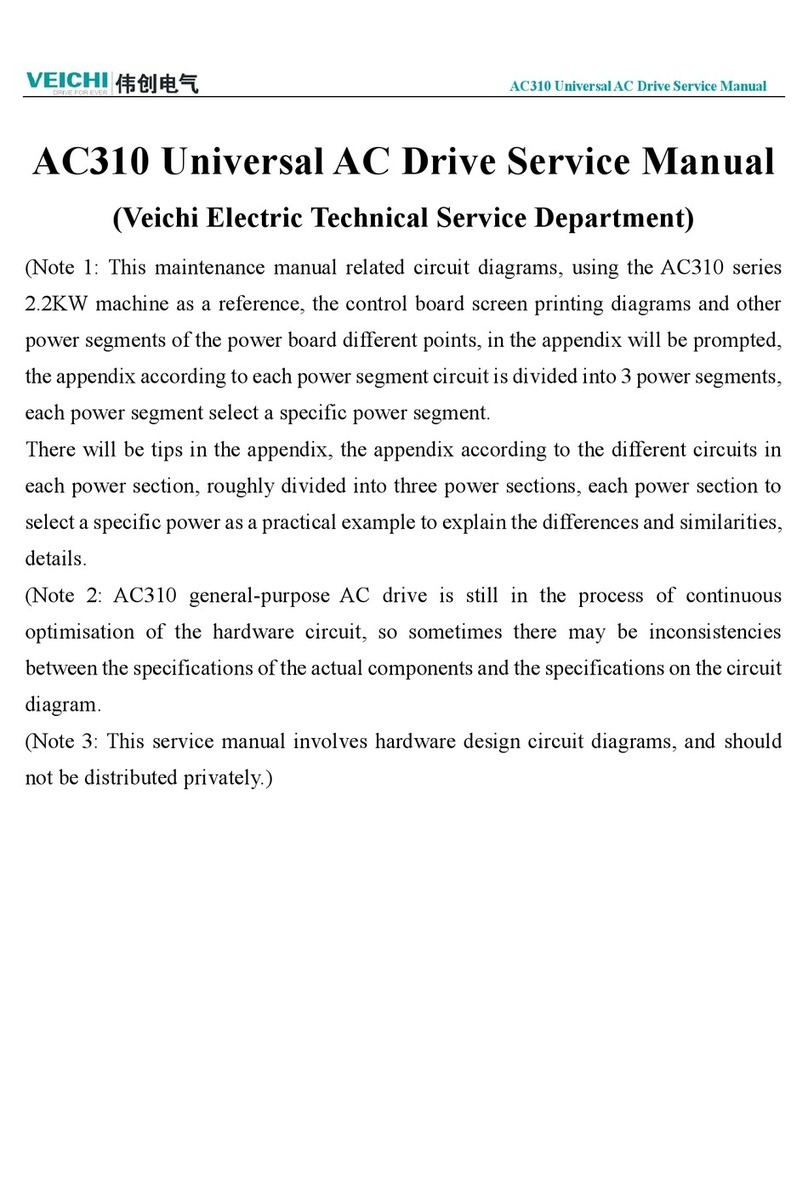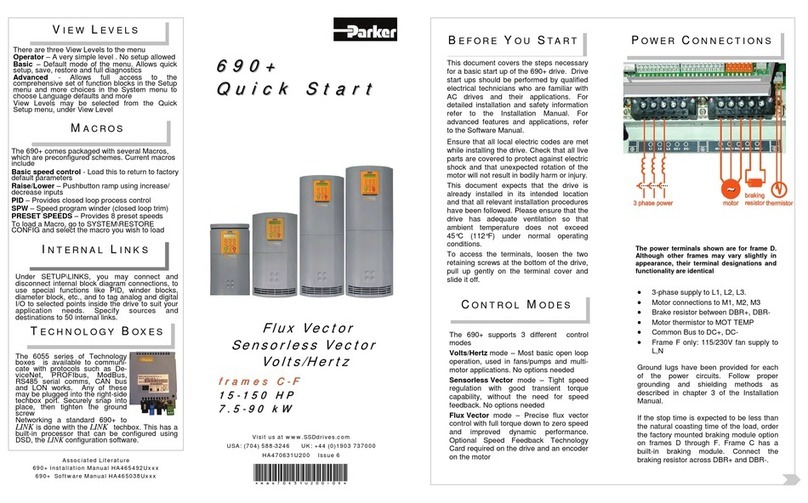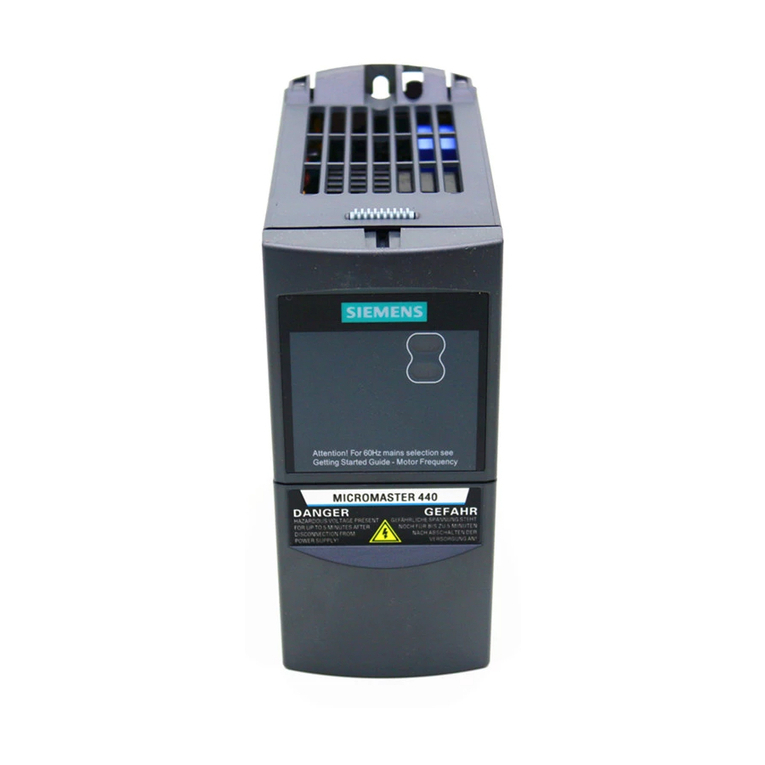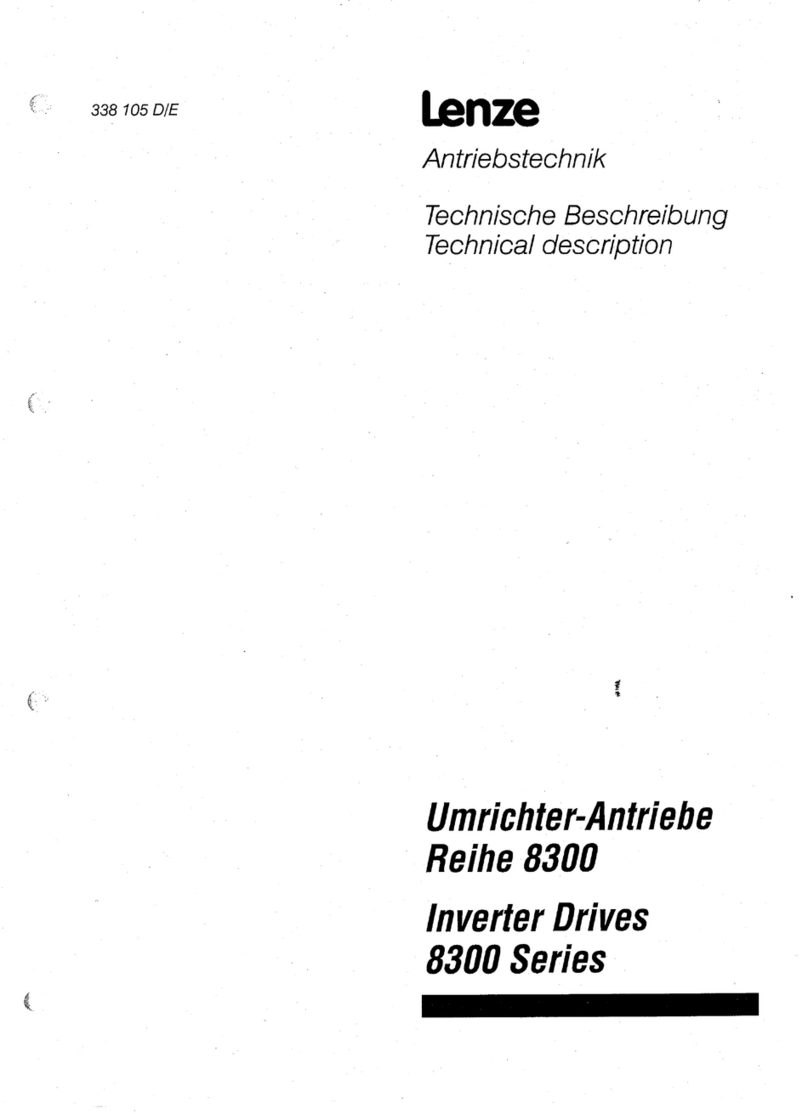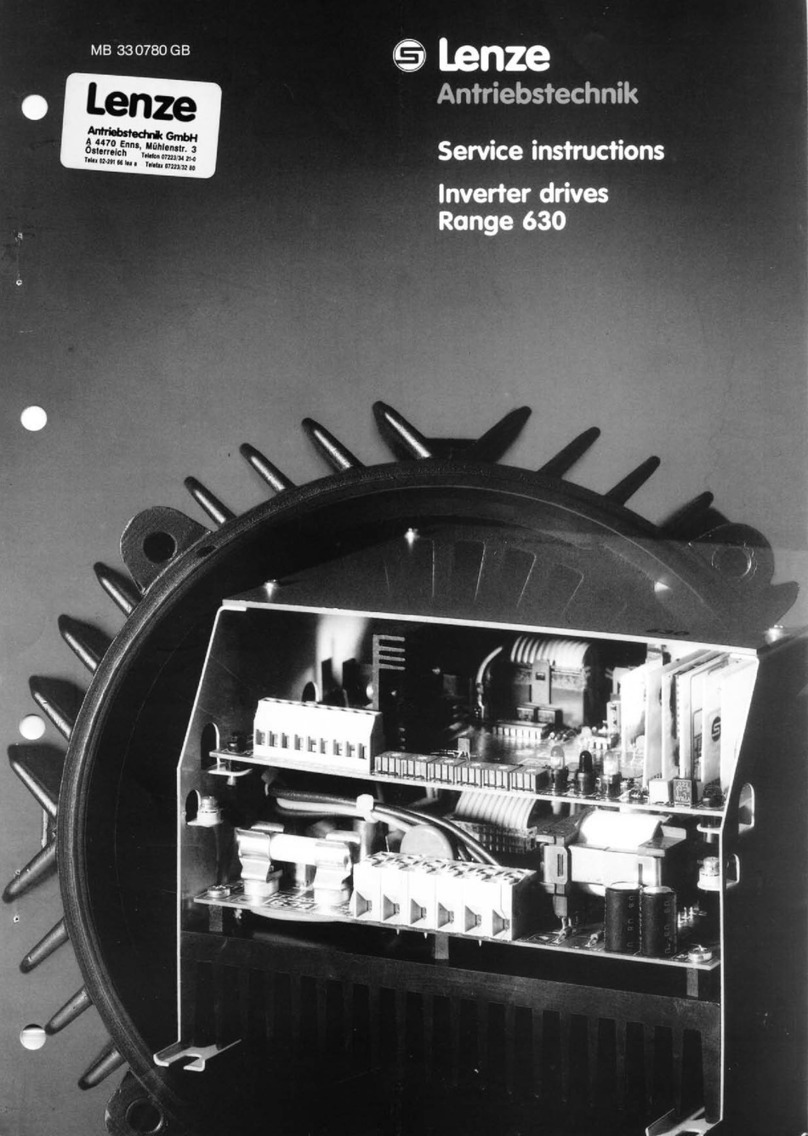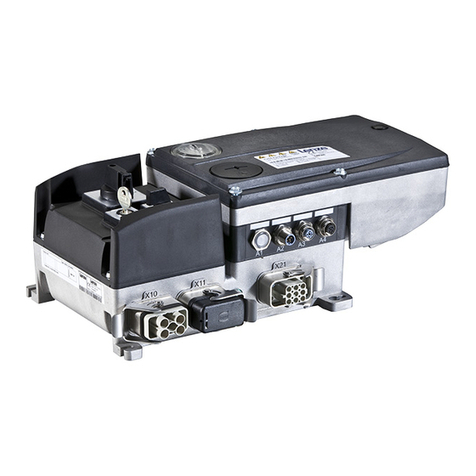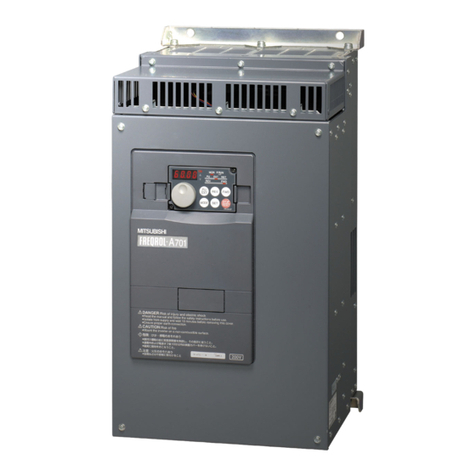
Table of Contents
Q9 FlowSaver Installation and Operation Manual i
General Safety Information ....................................................................................................1
Symbols and Warnings .......................................................................................................1
Safety Alert Symbol.........................................................................................................1
Signal Words....................................................................................................................1
Special Symbols...............................................................................................................2
Equipment Warning Labels .............................................................................................2
Equipment Inspection .........................................................................................................2
Qualified Personnel ............................................................................................................3
Handling and Storage .........................................................................................................3
Disposal ..............................................................................................................................3
Installation Precautions .......................................................................................................4
Location Selection............................................................................................................4
Mounting..........................................................................................................................4
Conductors and Grounding..............................................................................................5
Power Connections ..........................................................................................................5
Protection .........................................................................................................................6
System Integration Precautions ..........................................................................................6
Personnel Protection ........................................................................................................6
System Setup Requirements ...............................................................................................7
Operational and Maintenance Precautions .........................................................................8
CE Compliance Requirements ...............................................................................................9
Using RCD Protection ........................................................................................................9
EMC Installation Guidelines ..............................................................................................9
General EMC Guidelines for Consideration....................................................................9
EMC Compliant Installation Guidelines........................................................................10
Q9 FLOWSAVER Theory of Operation .............................................................................11
Stage 1 Function ...............................................................................................................11
Stage 2 Function ...............................................................................................................11
Stage 3 Function ...............................................................................................................11
Stage 4 Function ...............................................................................................................12
System Protection ..................................................................................................................14
ASD Protection .................................................................................................................14
Motor Protection ...............................................................................................................15
Motor Circuit Protector Adjustment and Setting...........................................................16
Overload Circuit Protector Adjustment and Setting......................................................17
Q9 FLOWSAVER Installation .............................................................................................18
Installation Notes ..............................................................................................................18
Input Power....................................................................................................................18
Control Signal Isolation.................................................................................................18
Jumper Requirements.....................................................................................................18
Phone: 800.894.0412 - Fax: 888.723.4773 - Web: www.ctiautomation.net - Email:
[email protected]